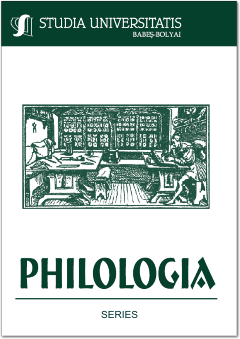RANDALL STEVENSON, READING THE TIMES: TEMPORALITY AND HISTORY IN TWENTIETH-CENTURY FICTION, EDINBURGH: EDINBURGH UNIVERSITY PRESS, 2018, 262 P.
RANDALL STEVENSON, READING THE TIMES: TEMPORALITY AND HISTORY IN TWENTIETH-CENTURY FICTION, EDINBURGH: EDINBURGH UNIVERSITY PRESS, 2018, 262 P.
Author(s): Diana MelnicSubject(s): Language and Literature Studies
Published by: Studia Universitatis Babes-Bolyai
Summary/Abstract: In his conclusions to Reading the Times, Randall Stevenson observes that, in the 21st century, tensions between “time on the clock” and “time in the mind” have become almost unintelligible. Clock time, in other words, has become “coextensive with the very fabric of existence itself” (222). Yet, of course, this was not always the case. The introduction and standardisation of measured time thoroughly marked quotidian life in the 20th century, together with the literature it produced. Reading the Times engages precisely this context of shifting perspectives on the clock, as well as the manner in which the latter decisively altered the course of fiction. The study brings together areas of interest previously explored by its author. Professor of Twentieth-Century Literature at the University of Edinburgh, Randall Stevenson published Modernist Fiction: An Introduction in 1992, followed by The Oxford English Literary History vol. 12, 1960-2000 in 2004, and Literature and the Great War in 2013. Throughout the latter, Stevenson pursues a concern not only with the innovations of modernist fiction in the 20th century, but particularly with the social, economic, and cultural contexts that shaped them.
Journal: Studia Universitatis Babes-Bolyai - Philologia
- Issue Year: 63/2018
- Issue No: 4
- Page Range: 221-223
- Page Count: 3
- Language: English

